
Sociology can be distinct as the study of society, but in exercise, it is considerably more. It is the study of human social life. It describes culture, society, and people. It discusses their features and elements and their interrelationship. It has many subdivisions of study, stretching from the exploration of discussion to the progress of philosophies and ideas to try to recognize how the whole world works.
Much of what human activity falls under the category of social structure or social activity; due to this, it has slowly extended its focus on sociological perspectives. There are a few numbers of perspectives contained by sociology and to separate relations of people with all. Theories are an important portion of the structure used to establish precise social occurrences within the social sciences. Here, there are a few major theoretical perspectives in sociology, comprising symbolic perspectives, functional perspectives, and social conflict.
1.1.2 Types of theoretical perspectives in sociology
| NUMBERS | SOCIOLOGICAL PERSPECTIVE | LEVEL OF ANALYSIS | FOCUS |
| I | Symbolic Interactionism | Micro | Use of symbols or codesFace-to-Face communications |
| II | Functionalism | Macro | Connection between the parts of societyHow parts of society are functional (Adaptive) |
| III | Conflict Theory | Macro | Struggle for scarce and limited resourcesHow the elite control or govern the poor and weak |
1. Symbolic perspectives
The first distinct sociological perspective derived from the work of Augustus Comte, who invented the word sociology from the Latin “socius” and the Greek “logos” in 1837. Comte’s positivism, rather than inspecting the way people observe the social world around them, undertakes that society is a neutral object, “out there,” waiting to be observed, investigated, and unspoken like the real and regular world. R. Collins observes symbolic interactionism as reviewing the way the social world is shaped through communication among the individuals and their setting.
Symbolic perspective and interactionism come from a sociological perspective that was established around the middle of the 20th century, and it is powerful in some areas of self-restraint. It is predominantly significant in social psychology. It is consequent from the American philosophy of realism and chiefly from the work of George H. Mead, as a practical process to understand the social relations and interaction.
Symbolic interactionism is a method mainly used to examine human connections by directing the senses that individuals give to things in the world near to them, comprising words and objects. Symbolic interactionism is used within the field of sociology to describe social actions in expressions of how people interact based on their understanding of symbols. In this perspective, symbols can be everything that can be given a meaning, including language, images, objects, gestures, events, and many other things.
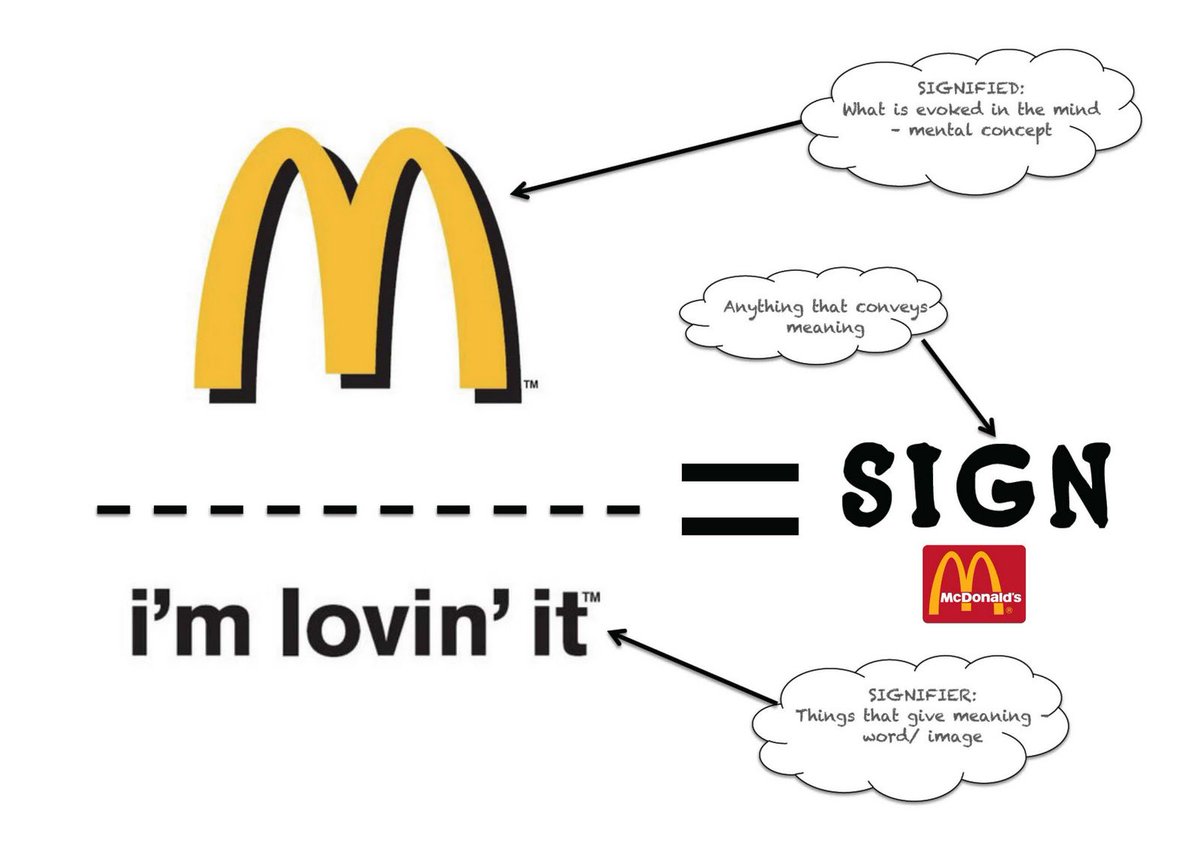
Fig. 1.1.1: Symbolic perspectives
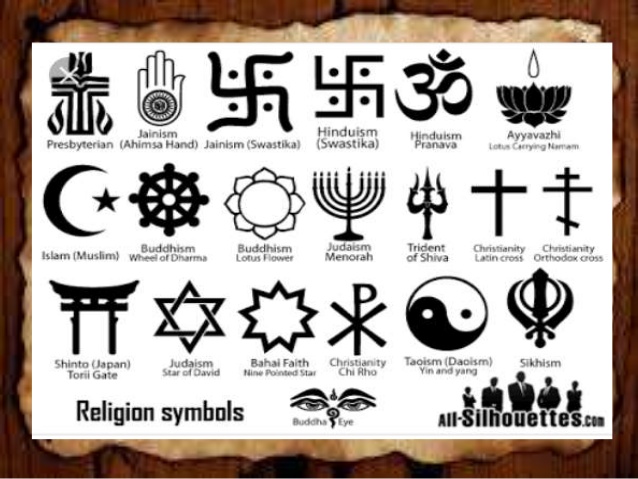
Fig. 1.1.2: Symbolic perspectives
2. Functionalist perspective
The functionalist perspective is deep-rooted in the work of Emile Durkheim. Functionalism envisions society as a creature in which all the parts function in a way that confirms the constant well-being of the whole creature. The grounds of functionalism were constructed by later writers including Radcliffe-Brown, Malinowski, Merton, and Parsons.
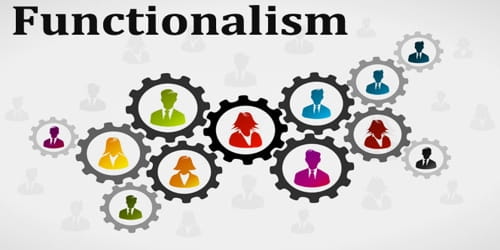
Fig. 1.1.3: Functionalist perspectives
Functionalist perspectives interpret society as a multipart but connected system in which all parts work together as a functional whole. An image for the structural functional perspective is the human physique. For example, the human body or physique has arms, a heart, legs, a brain, eyes, ears, and so on. Every body part has its personal function and structure for functioning, but it works together for a complete function for a particular work. So just like a human body in society, there are many institutions, like government, industry, education, media, families, religion, etc., that work together and form a fully functioning society for human beings.
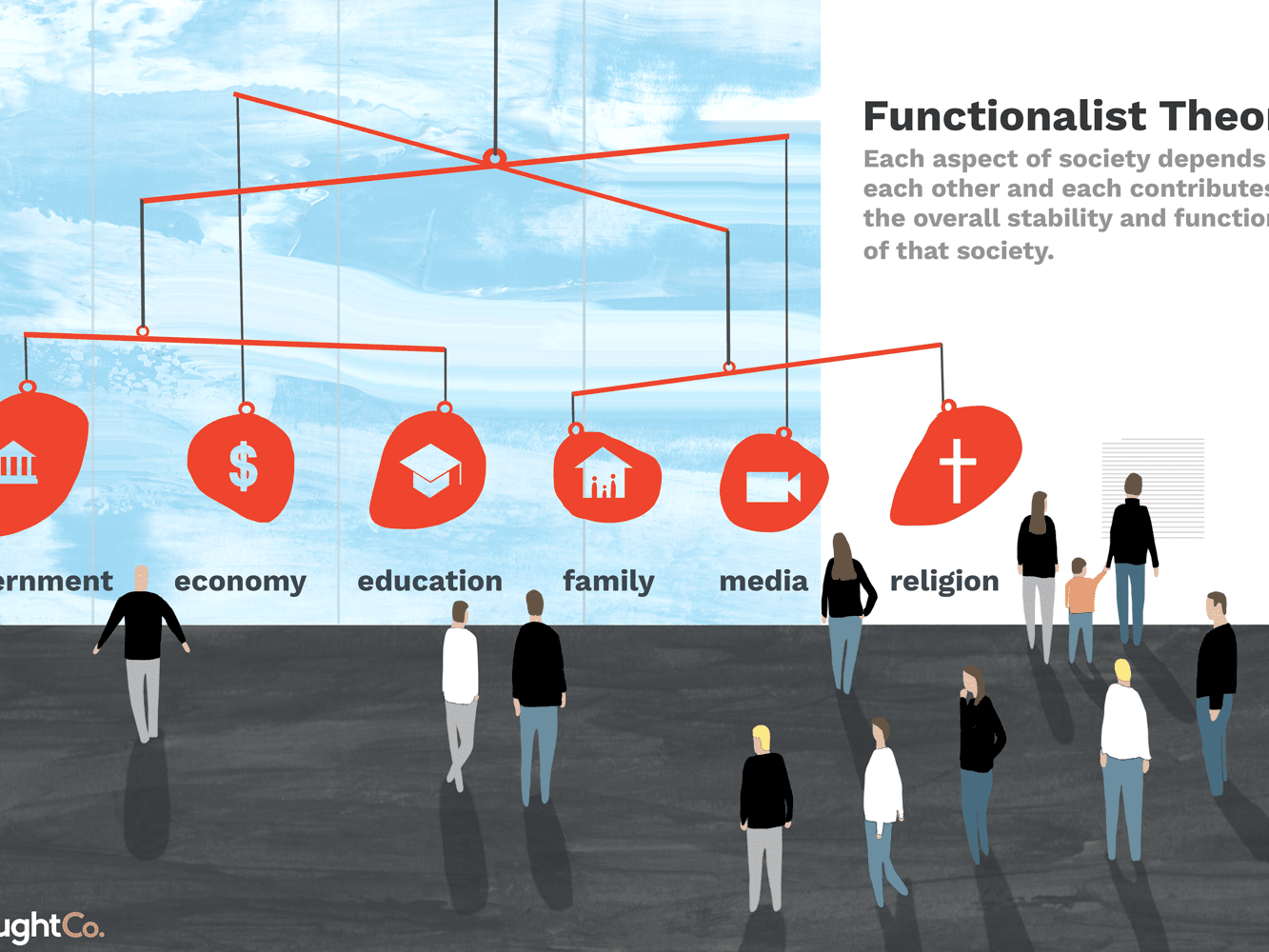
3. Conflict perspective
A conflict perspective deals with society divided into two groups, masses, or classes whose interests conflict with each other. The actual fundamentals of the conflict theory are in the works of Marx and Engels. Other contributors comprise Weber and Dahrendorf. The monograph then turns to a discussion of phenomenology.
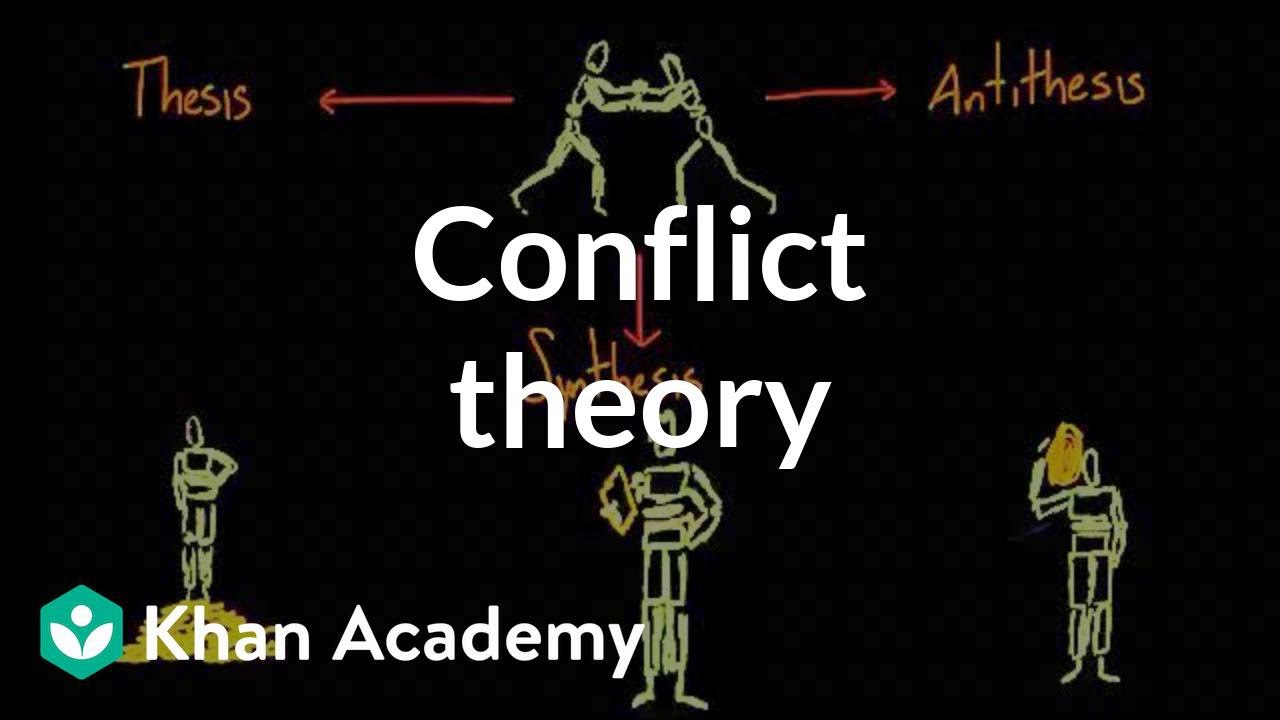
Fig. 1.1.4: Conflict theory
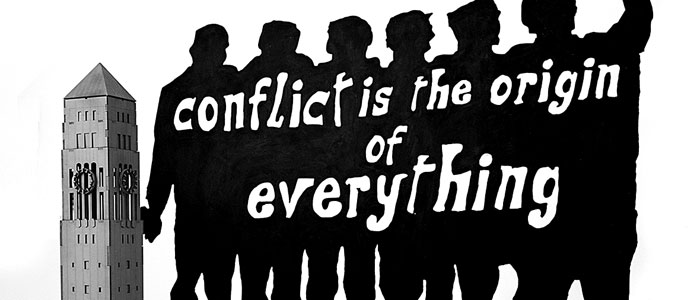
Fig. 1.1.5: Conflict is the origin of everything
The third foremost theoretical perspective is called conflict theory. It thinks of society as a system of groups that are not equal in terms of religion, caste, class, gender, etc., and it generates conflict and change. For example, in India, there is a religious conflict between Hindus and Muslims, upper and lower caste or class perception between upper class and lower class, etc. However, in every society, there are differences, or these differences create conflict among the groups that precede the change in society.






